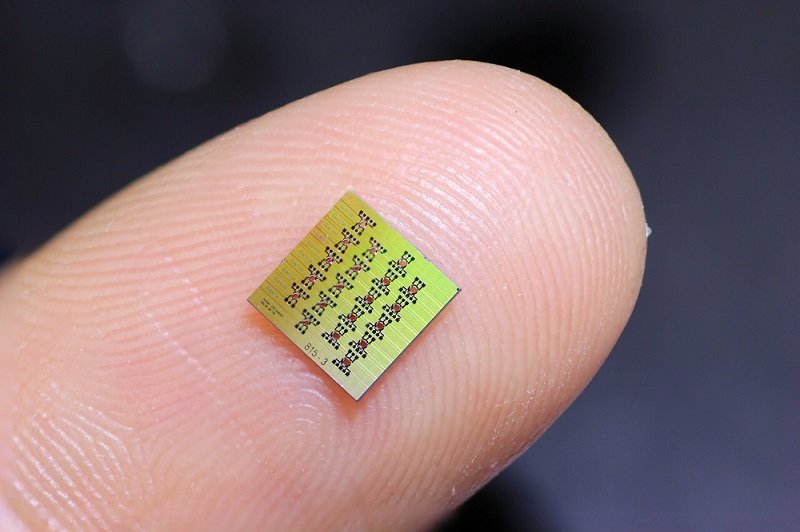Photonic integrated circuits (PICs) have been finding new ways to improve technology, like quantum computing. Hoping to push PICs to new areas, Purdue has created a magnet-free isolator.
With increasing data rates and bandwidth requirements, many have started to push for a shift towards PICs. PICs, working with light and photons instead of electricity and electrons, could offer higher bandwidth and more efficiency, making them well poised for future applications.

However, one of the largest challenges to PIC adoption is that they are not fully compatible with conventional silicon foundry processes. In an attempt to bridge this gap, researchers from Purdue University have published a new paper this week on novel PIC techniques.
This article will take a look at their research and how academia is pushing PIC technology forward.
Magnetics in Photonic Integrated Circuits
One of the most crucial circuit blocks in any PIC system is the optical gain elements, which increase optical power.
Importantly, optical gain elements require increased levels of optical isolation to protect from any on-chip reflections that could cause potential damage to the rest of the laser or the rest of the system. One of the most common ways to achieve this isolation is through the use of a Faraday isolator.

Faraday Isolators are optical isolators that utilize magneto-optic rotation to isolate the source and protect the laser.
The device consists of a Faraday rotator, a rotating column, with a polarizer at its input and output. Light from the source gets sent through the rotator, causing the angle of its polarization to vary over time, disallowing any light to be reflected back through the isolator.
Central to this research paper, the Faraday rotator relies on magnets and external bias magnetic fields to cause rotation. Using these magnets can hinder the adoption of PICs since integrating magnets on-chip is not compatible with standard silicon foundry processes. For PICs to reach widespread adoption and scalability, this needs to be addressed.
A Magnet-free Isolator
In their newly published paper, researchers from Purdue have introduced a new technique for optical isolation, which removes the need for magnets.
Instead, this new technique uses a “piezoelectric micromechanical system (piezoMEMS)-actuated acousto-optic modulators,” which can mimic the Faraday Effect.
By synchronizing the actuation of their piezoMEMS system, the researchers were able to create a rotating acoustic wave electromechanically. These waves could couple and deflect light traveling in a silicon nitride waveguide beneath the device.
In this way, the researchers were able to selectively isolate reflecting signals from the source without magnets.

This process is called “spatio-temporal modulation” and serves to effectively create an isolator in a way that is friendly to conventional foundry processes. Notably, this technique is “wavelength-agnostic,” allowing it to be utilized and adapted to any frequency of light desired, greatly increasing its value.
This research represents the first known demonstration of a magnetic-free, electrically driven linear optical isolator on a chip using CMOS-compatible fabrication technology.
A Photonic Future
Where the future of data and communications will undoubtedly require higher bandwidths and greater efficiency, the use of PICs is becoming increasingly important. With advances like this from Purdue, we are taking strong steps in the right direction for the widespread adoption of PIC technology.


